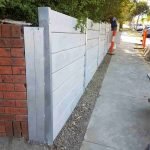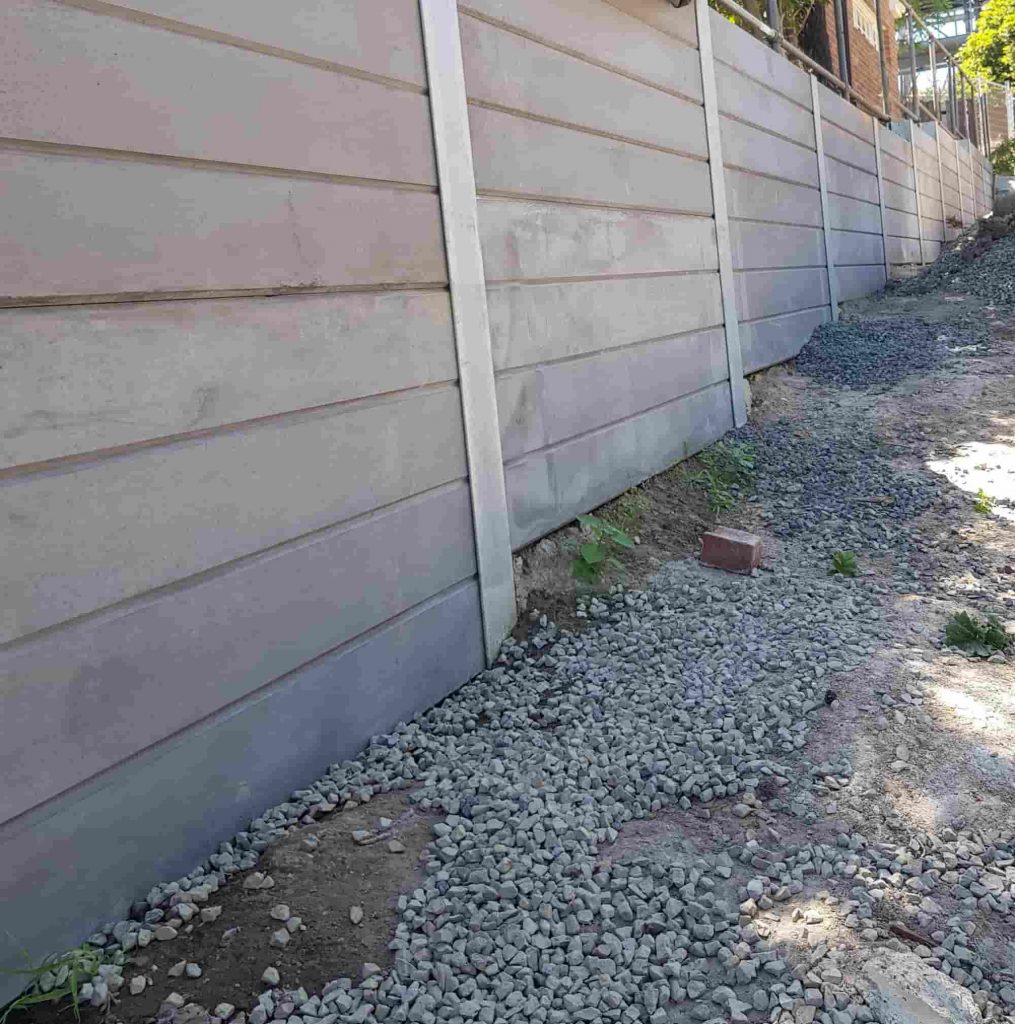Retaining walls serve as important structures for managing soil disintegration, producing level locations in sloped landscapes, and improving the aesthetic appeal of a property. Whether you're wanting to develop a timber sleeper retaining wall, a concrete sleeper retaining wall, a brick retaining wall, or a stone keeping wall, collaborating with an experienced retaining wall specialist is important. This detailed guide will take you through every action of the process, from conception to completion, ensuring your project meets your expectations.
Understanding Maintaining Walls
What Are Maintaining Walls?
Retaining walls are engineered structures designed to keep back soil and avoid disintegration. They are frequently used in domestic landscaping, industrial properties, and civil engineering jobs. The products made use of can vary widely, consisting of wood, concrete, brick, and stone.
Why Do You Need a Keeping Wall?
Several factors may lead you to think about installing a retaining wall:
- To manage water runoff To create usable flat space on sloped land To enhance landscaping aesthetics To prevent soil erosion from storms or heavy rains
Choosing the Right Retaining Wall Contractor
What to Search for in a Retaining Wall Contractor?
When searching for a retaining wall contractor near me, consider these aspects:
- Experience and expertise in different kinds of maintaining walls Licensing and insurance Customer evaluations and testimonials Portfolio of previous work Transparent rates model
Local Considerations: Why Pick a Specialist in Melbourne?
If you are in Melbourne, choosing a regional retaining wall builder deals numerous advantages:

- Familiarity with local regulations Knowledge about regional soil conditions Proximity for simpler interaction and follow-ups
Types of Retaining Walls
Timber Sleeper Retaining Wall
Timber sleeper walls are an environmentally friendly option that mixes well with natural environments. They are relatively easy to install however may need more upkeep over time compared to other materials.
Benefits of Timber Sleeper Retaining Walls
Cost-effective option. Aesthetically pleasing. Easier installation process.Concrete Sleeper Retaining Wall
Concrete sleepers are robust and resilient, making them ideal for greater walls where stability is important. They can withstand harsh weather without degrading quickly.
Advantages of Concrete Sleeper Walls
Long-lasting durability. Low upkeep requirements. Customizable designs available.Brick Maintaining Wall
A brick retaining wall supplies ageless beauty while offering excellent structural strength. It's best for creating detailed styles that improve your landscape.
Benefits of Brick Walls
Classic aesthetic appeal. High durability. Resistant to weather elements.Stone Maintaining Wall
Stone walls provide natural beauty combined with remarkable strength; however, they can be more costly than other options due to labor costs involved in their installation.
Pros of Stone Walls
Unique visual charm. Extremely durable. Excellent drainage capabilities.The Process: From Concept to Completion: Dealing With a Retaining Wall Contractor
Initial Consultation with Your Contractor
During your very first meeting with the specialist:
- Discuss your vision and requirements. Share any design concepts or motivation you have collected. Understand the professional's process and timeline for completion.
Site Assessment by Your Retaining Wall Builder
A comprehensive site evaluation is essential before starting any project. The contractor will assess:
- Soil type Drainage patterns Existing plants
This assessment assists identify the best method for your specific situation.
Designing Your Retaining Wall
Selecting Materials Based on Your Needs
Discuss product alternatives with your professional based on:
Budget constraints Intended usage (e.g., decorative vs functional) Local environment considerationsCreating In-depth Strategies and Blueprints
Once you have actually selected materials:
- The specialist will create detailed blueprints showcasing dimensions, structure, and aesthetics.
Obtaining Essential Licenses for Installation
Before building and construction begins, ensure all necessary licenses are acquired:
Check local zoning laws Ensure compliance with safety regulationsYour retaining wall installer need to assist you throughout this process.
Preparing the Website for Construction
1. Clearing the Area
Your specialist will clear out any existing plant life or debris from the site where the wall will be constructed.

2. Excavation
Excavation is essential; it includes digging out sufficient space to accommodate the size of the proposed wall while making sure proper drainage behind it.
3. Setting Up Drainage Systems
Proper drain systems must be put in place to avoid water buildup behind the retaining wall which might result in structural failure.
The Building Phase: What Happens Next?
Once the website has actually been prepared:
Base preparation: A solid structure needs to be laid first. Material assembly: The picked products will be assembled according to plans. Quality checks: Routine evaluations must be made throughout this phase to ensure everything aligns properly with security standards.Finishing Discusses Your New Retaining Wall
After construction is total:
Backfill any spaces behind the wall carefully. Add landscaping functions if preferred-- plants can assist mix the brand-new structure into its surroundings beautifully!Maintenance Tips for Your Maintained Structure
Regular upkeep ensures longevity:
Inspect regularly for cracks or indications of deterioration. Keep drainage systems clear from debris. Reapply spots or sealants as necessary depending on material used (specifically important for timber).FAQs About Dealing with A Retaining Wall Contractor
Q1: How do I find a dependable retaining wall contractor near me?
A1: Start by looking into online evaluations, checking portfolios, and seeking recommendations from buddies or household who have actually completed http://cashvstt393.trexgame.net/from-principle-to-conclusion-a-day-in-the-life-of-a-retaining-wall-builder comparable projects.
Q2: What types of materials can my retaining wall be made from?
A2: Typical materials include wood sleepers, concrete sleepers, bricks, and stone-- each has its own set of benefits based on resilience and aesthetics.
Q3: Just how much does it normally cost to set up a maintaining wall?
A3: Expenses vary significantly based upon size, product choice, area, labor expenses-- demand several quotes for accurate price quotes customized particularly towards your job needs.
Q4: Do I require approval from my regional council before beginning this project?
A4: Yes! Always check local guidelines as getting necessary authorizations assists prevent future legal concerns down-the-line associated compliance offenses throughout building and construction phases!
Q5: The length of time does it require to construct a normal keeping wall?
A5: Relying on complexity included (style options & & location size), the majority of projects take anywhere between numerous days up-to weeks-- talk about timelines straight with contractors throughout preliminary consultations!
Q6: What upkeep jobs need to I carry out after installation?
A6: Routine evaluations inspecting condition followed by timely repairs if needed; also keep drain systems practical by eliminating obstructions frequently while thinking about resealing timber surfaces when necessary!
Conclusion
In conclusion, working closely with a skilled retaining wall contractor changes your landscaping dreams into truth-- from idea through completion! Whether you pick timber sleeper walls or opt for more long lasting options like concrete or stone setups-- understanding each action along this journey aids not only reliable planning however likewise enhances general satisfaction post-completion! Keep in mind always focus on quality over quick repairs; investing time now pays dividends later on down-the-road when delighting in these beautiful additions around home sweet home!